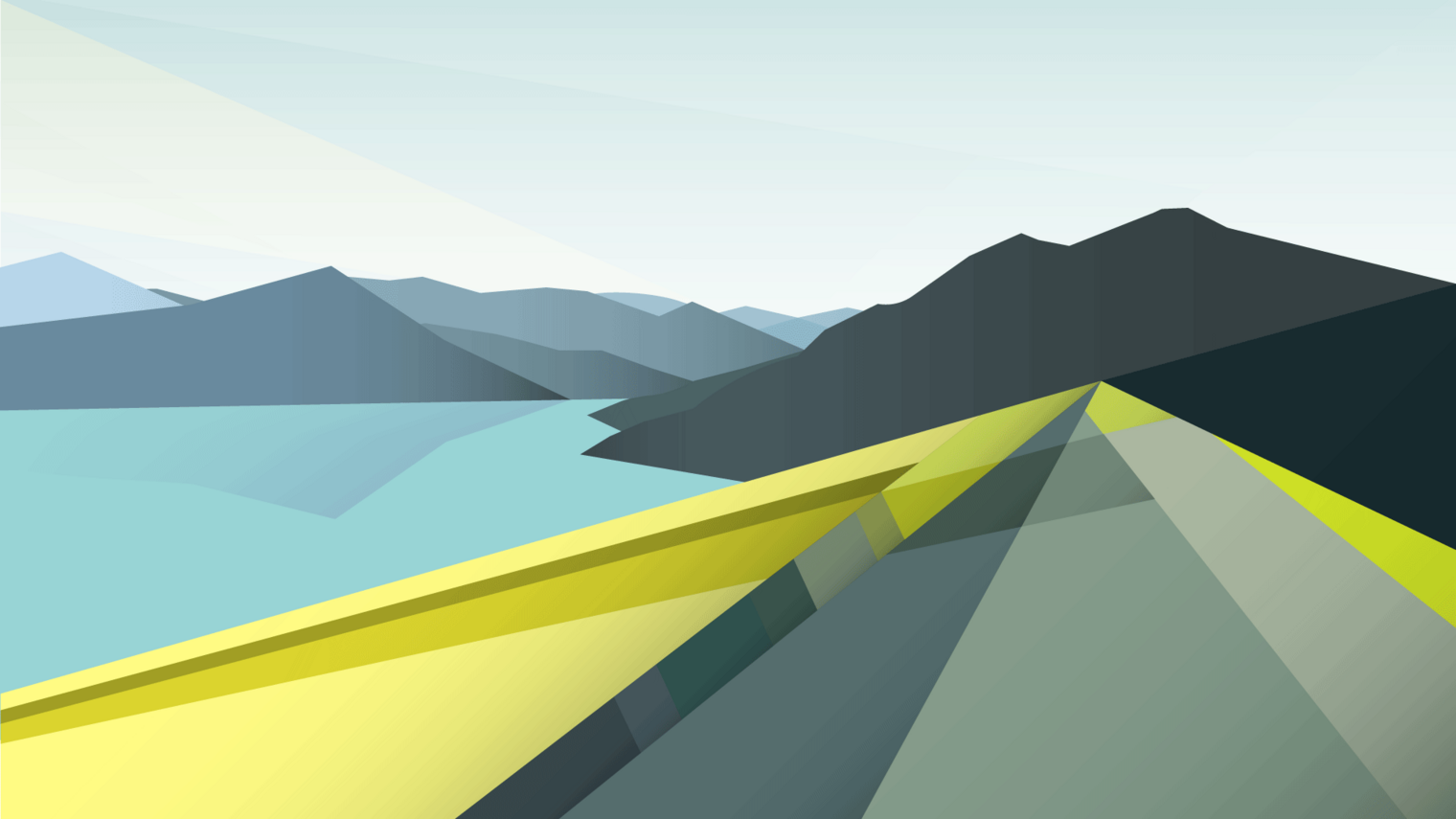As of 2 October, Alpiq is pouring a total of 5000 m3 of gravel into the Aare below the Flumenthal hydropower plant, over around eight days. The aim is to maintain the Aare’s ecosystem with diverse habitats for animals and plants.
Rivers often have insufficient bedload below hydropower plants. This also applies to the Aare below the Flumenthal hydropower plant, which has been producing environmentally friendly electricity from renewable energy for more than 50 years. Adding gravel counteracts this problem, creating dynamic structures in the river bed that enhance the habitats of animals and plants and reduce erosion of the river bed. As the operator of the Flumenthal run-of-river power plant, Alpiq decided on a gravel pour of 5000 m3 in cooperation with the canton of Solothurn. Additional pours will follow in the next few years.
50-metre gravel island
The first pour started on 2 October and will take around eight days. The gravel was sourced from the bedload trap in the Emme tributary (Emmenspitz) upstream of the Flumenthal run-of-river power plant and is being poured into the Aare immediately downstream of the plant. The material is being delivered by lorry in around 350 trips.
The 5000 m3 of gravel will create a gravel island around 50 metres long. When the Aare carries a lot of water, the gravel will be washed downriver and thus gradually distributed on the river bed below the power station. Before the gravel deposit disappears completely, it will be refilled in order to ensure the regular transport of bedload in the Aare. Experts believe that, if everything proceeds as expected, new gravel will only have to be added after three to four years. Annual measurements will be taken to monitor how much of the gravel deposit still remains.
Bedload vital for an intact river landscape
The artificial addition of gravel will help to compensate for the bedload deficit in the Aare. Bed debris enhances the aquatic habitats for fish, macro-invertebrates and plants in the rivers. The macro-invertebrates are important links in the food chain. These include insects and their larvae, amphipods, mites, snails and mussels, leeches and worms. These small animals colonise the river bed, as well as mosses and algae.
Taking this step will create new habitats, especially for fish such as grayling, nase, barbel and trout, which spawn on gravelly substrates. Further natural structures and diverse habitats will develop in the Aare due to the bedload pour and the resulting bedload dynamic.

